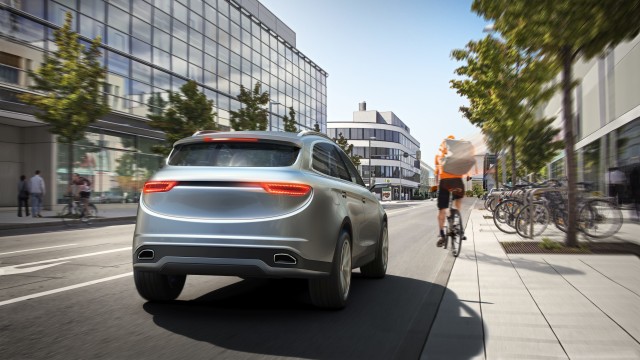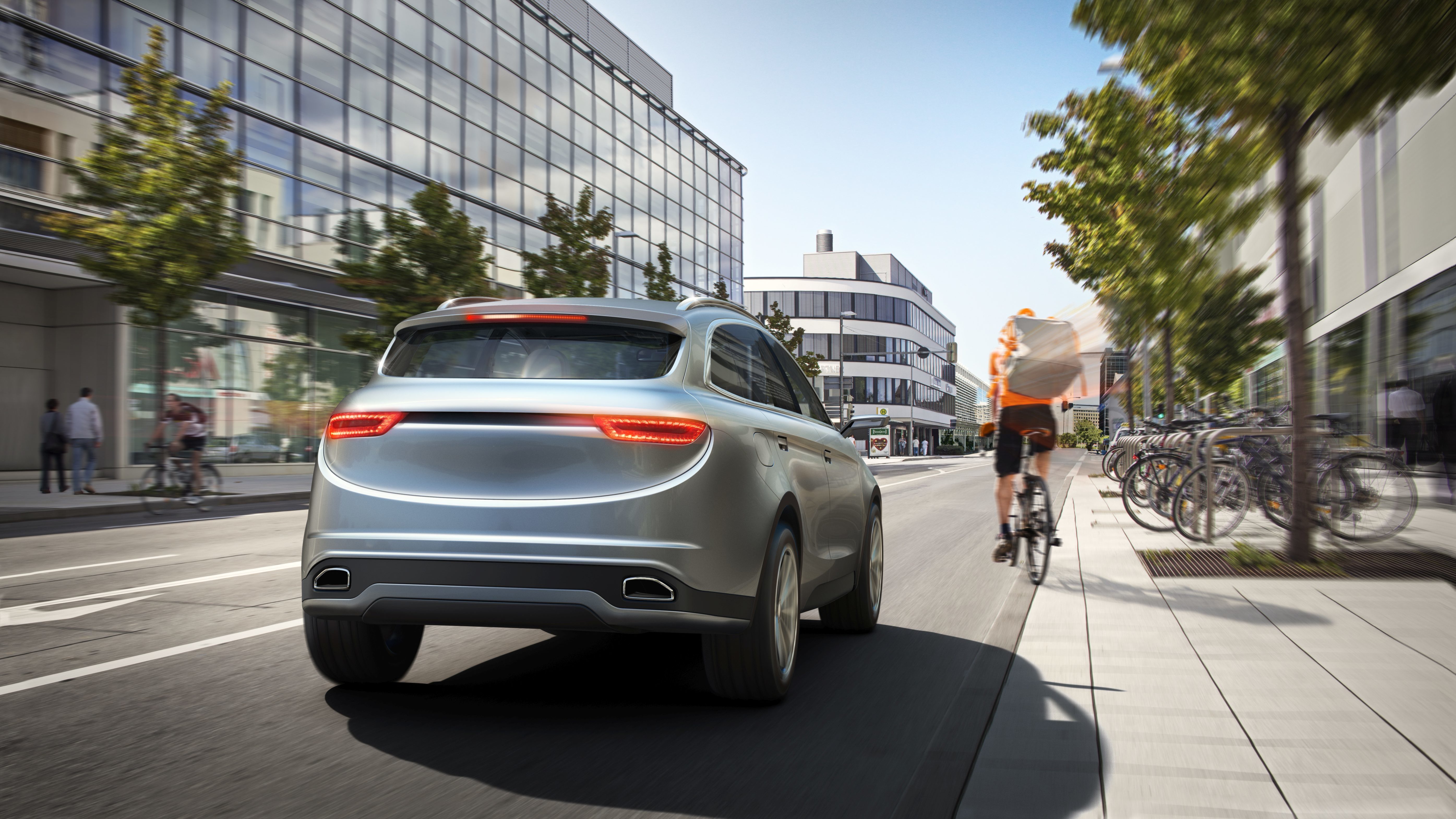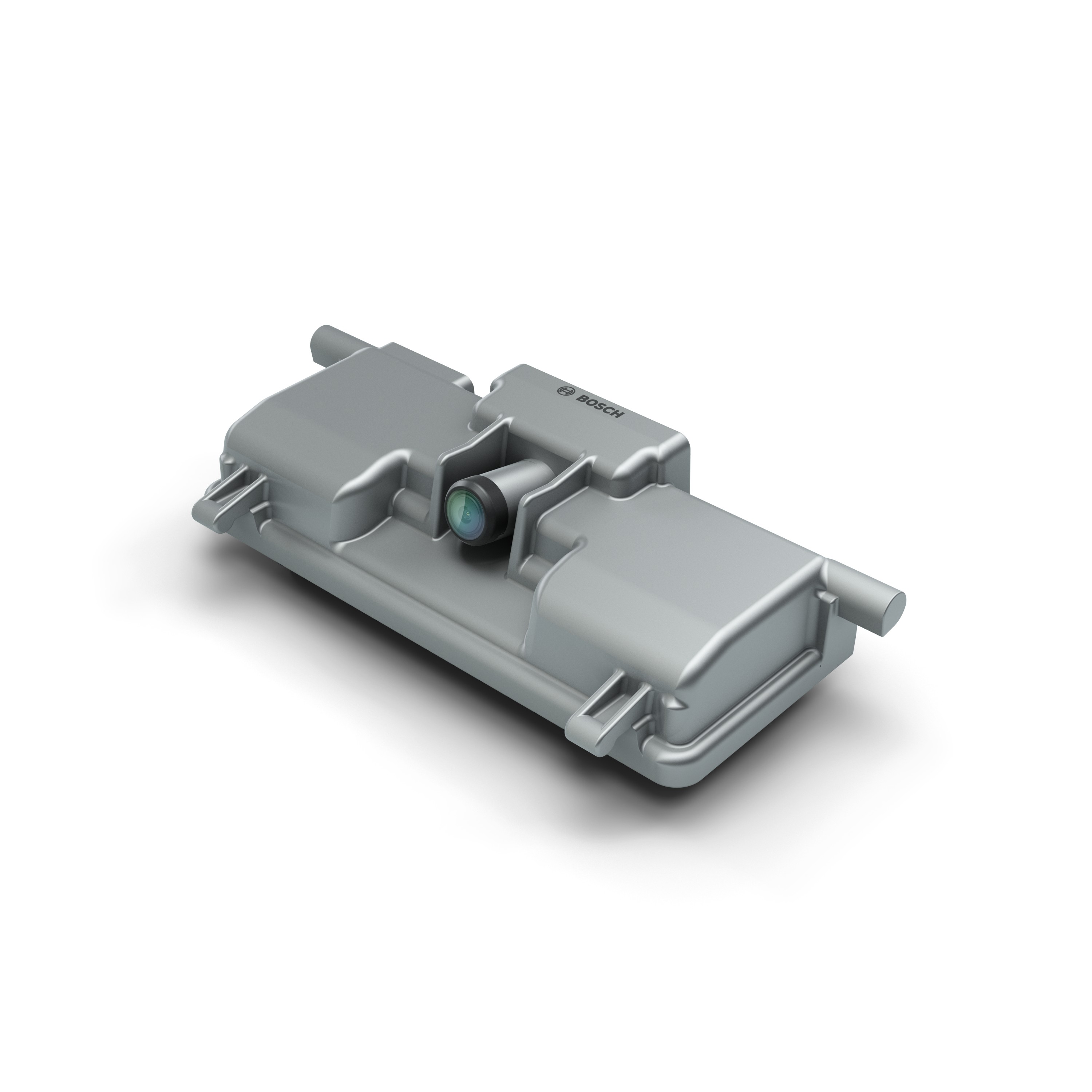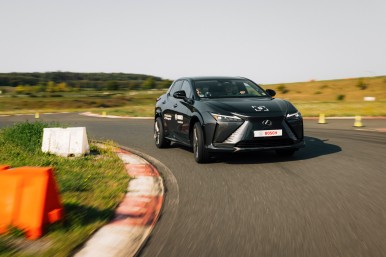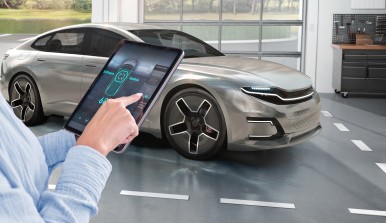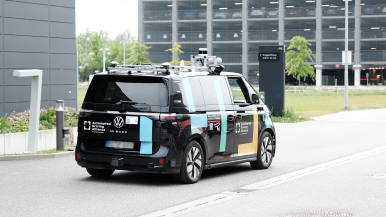Stuttgart, Germany, and Yokohama, Japan – Automated driving technology is gradually providing more and more assistance to the driver – with the future aim of the car being able to take complete control. But there is more to it than that: "We want to make cars better drivers than people, and in this way to increase road safety. In other words, technology has to work more reliably than people," says the Bosch management board member Harald Kroeger. That presents a major challenge, particularly in terms of surround sensing. Only if it knows exactly, and at all times, what is going on around it can an automated vehicle choose the right, and above all safe, driving strategy. Bosch uses various technologies for surround sensing, including ultrasound, radar, and video. When it comes to structure and function, cameras come closest to the human eye, which is why they will be such invaluable assets for automated driving, and indeed why they already play a key role in driver assistance. Bosch has now succeeded in taking automotive camera technology to a new level. This new Bosch technology is set to debut in vehicles in 2019. The combination of its unique multi-path approach and artificial intelligence (AI) for object recognition will make surround sensing far more reliable, and road traffic safer. Bosch aims to be the market leader, and the measure of all things in camera technology.
EXPERIENCE BOSCH AT THE IAA 2019 in Frankfurt: Rethinking mobility and making it as safe, emissions-free, and fascinating as possible – this is the goal Bosch has set itself. On a technological level, the supplier of technology and services wants to achieve these aims through personalization, automation, connectivity, and electrification. At the IAA 2019, Bosch will be presenting its latest solutions for making driving safer and more efficient, for making mobility available on demand, and for turning cars into personal assistants.
BOSCH PRESS CONFERENCE: Tuesday, September 10, 2019, from 12:55 to 13:10 CEST with Dr. Volkmar Denner, chairman of the board of management of Robert Bosch GmbH and Dr. Stefan Hartung, chairman of the Mobility Solutions business sector, at the Bosch booth C02 in Hall 8.
FOLLOW the Bosch IAA 2019 highlights at www.bosch-iaa.de and on Twitter: #BoschIAA
Link
Mobility is the largest Bosch Group business sector. It generated sales of 55.8 billion euros in 2024, and thus contributed around 62 percent of total sales. This makes the Bosch Group one of the leading mobility suppliers. Bosch Mobility pursues a vision of mobility that is safe, sustainable, and exciting. For its customers, the outcome is integrated mobility solutions. The business sector’s main areas of activity are electrification, software and services, semiconductors and sensors, vehicle computers, advanced driver assistance systems, systems for vehicle dynamics control, repair-shop concepts, as well as technology and services for the automotive aftermarket and fleets. Bosch is synonymous with important automotive innovations, such as electronic engine management, the ESP anti-skid system, and common-rail diesel technology.
The Bosch Group is a leading global supplier of technology and services. It employs roughly 418,000 associates worldwide (as of December 31, 2024). The company generated sales of 90.3 billion euros in 2024. Its operations are divided into four business sectors: Mobility, Industrial Technology, Consumer Goods, and Energy and Building Technology. With its business activities, the company aims to use technology to help shape universal trends such as automation, electrification, digitalization, connectivity, and an orientation to sustainability. In this context, Bosch’s broad diversification across regions and industries strengthens its innovativeness and robustness. Bosch uses its proven expertise in sensor technology, software, and services to offer customers cross-domain solutions from a single source. It also applies its expertise in connectivity and artificial intelligence in order to develop and manufacture user-friendly, sustainable products. With technology that is “Invented for life,” Bosch wants to help improve quality of life and conserve natural resources. The Bosch Group comprises Robert Bosch GmbH and its roughly 490 subsidiary and regional companies in over 60 countries. Including sales and service partners, Bosch’s global manufacturing, engineering, and sales network covers nearly every country in the world. Bosch’s innovative strength is key to the company’s further development. At 136 locations across the globe, Bosch employs some 87,000 associates in research and development.
Additional information is available online at www.bosch.com, www.bosch-press.com.
